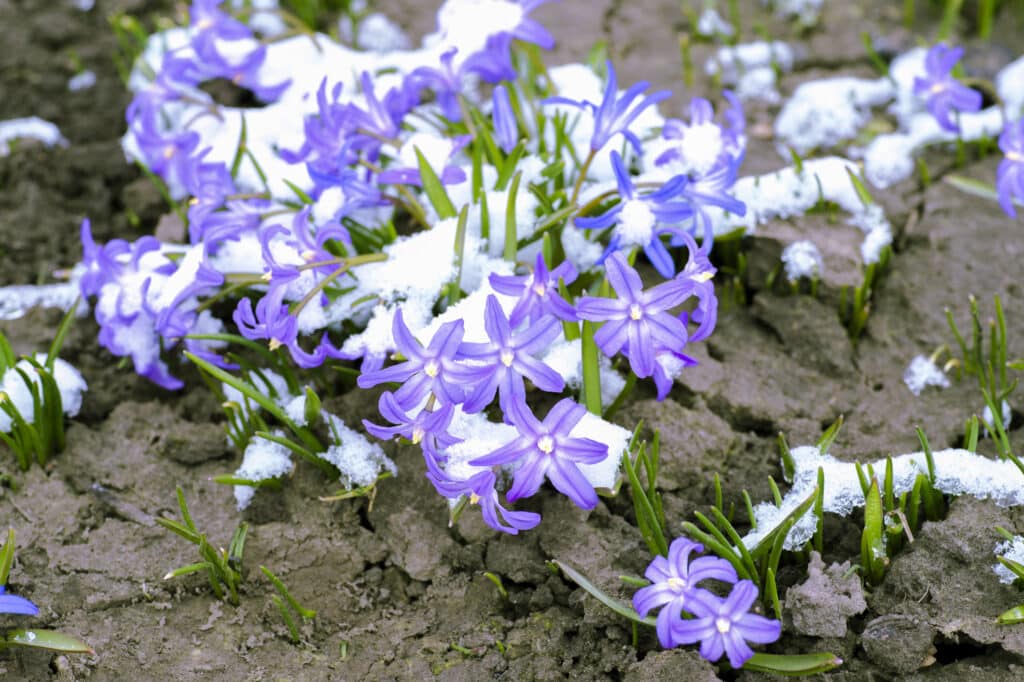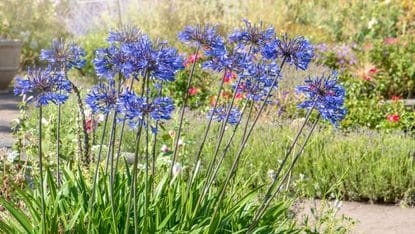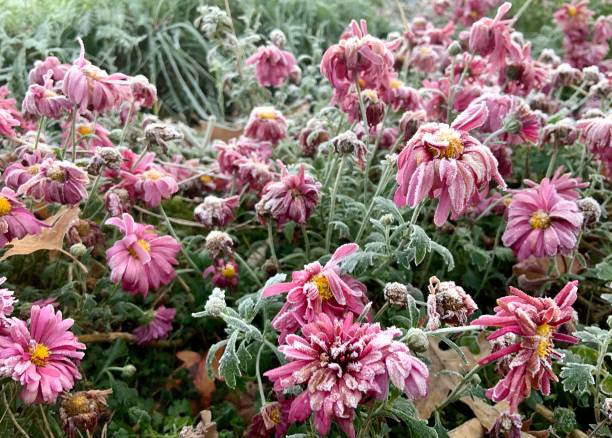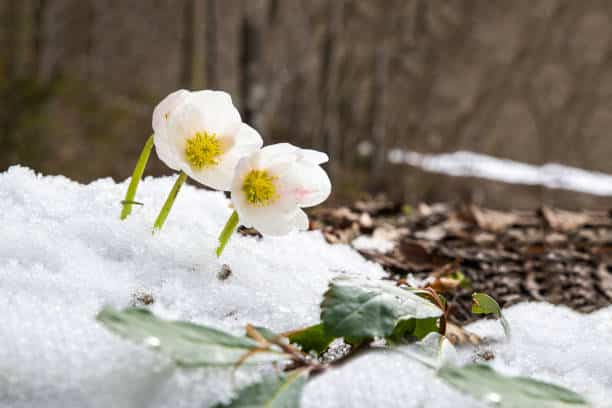Your cart is currently empty!

Garden Tips Fall: Moving Perennials for a Healthy Winter Garden
Gepubliceerd:
Laatste update:
Fall offers the perfect opportunity to move perennials, preparing them for winter protection and full bloom in spring. By carefully relocating plants to better spots in the garden, you can increase their resilience against frost and poor drainage. This article provides detailed tips on which perennials to move, where to place them for winter, and how to do so efficiently with the right garden tools from Sneeboer. Prepare your garden optimally for the cold months.
Which Perennials to Move and Which to Leave?
Not all perennials have the same winter needs. Some varieties are hardy and tolerate low temperatures, while others are more vulnerable and benefit from a sheltered spot.
Winter-hardy plants like Helleborus and ornamental grasses can stay in place. These plants often have deep roots and robust structures that protect them from cold temperatures and winter conditions. Ornamental grasses also help retain moisture, beneficial during dry spells, and their deep-rooted structures improve survival chances in winter.
On the other hand, less hardy plants need more care. Agapanthus, dahlias, and young perennials not yet deeply rooted may benefit from relocation. These need a sheltered location to prevent frost from damaging their roots. Plants in poorly drained areas, like wet spots in the garden, are better off moved to a drier location, as wet roots can rot, which is especially harmful in winter.



Ideal Spots for Moved Perennials
When moving perennials, choosing a spot that protects them from winter elements is essential. A sheltered, wind-free area, such as against a south-facing wall, is ideal. Plants benefit from the wall’s daytime warmth, which is then slowly released at night, providing added protection during cold nights.
Good drainage is also crucial. Excess moisture in the soil can damage plant roots, especially in winter when water doesn’t drain as easily. Consider using a raised bed or planting under trees or shrubs, where fallen leaves provide natural insulation against the cold and prevent rapid soil freezing.
Positioning plants in winter light and protected spots significantly improves their chances of surviving the cold season, especially for younger and less hardy plants.
How to Move Perennials Effectively
Moving perennials might seem challenging, but with the right approach and tools, it’s quite simple. By acting in the fall, you give plants the best chance to establish themselves before the frost sets in.
Transplant Spade for Precision
Sneeboer’s transplant spade is ideal for this job. Its narrow blade and long handle allow you to dig around plants without damaging roots. Dig generously around the plant and lift it with a solid root ball intact. By keeping most of the roots undisturbed, you reduce transplant shock. A healthy root ball helps the plant recover faster in its new location.
Hand Tools for Smaller Plants
For smaller plants in beds or pots, Sneeboer’s hand tools are excellent options. The hand trowel or hand fork allows precise work without disturbing neighboring plants. This garden tool is ideal for gardeners who value meticulous work, even in crowded beds.
Potting Knife for Potted Plants
For potted plants you wish to relocate or shelter in a greenhouse, the Sneeboer potting knife is invaluable. Roots in pots often cling to the pot’s sides. The potting knife allows you to free these roots without damaging the plant or pot. This prevents root breakage, which could affect the plant’s health.
Timing and Preparation: Keys to Success
Moving perennials requires good timing and preparation. The best period is when plant growth has slowed but before the frost arrives. In fall, plants direct energy to their roots, making them more resilient to relocation. Choose a day when the soil is soft but not overly wet from rain.
Dig up plants as generously as possible to avoid root damage, ensuring the root ball remains intact. Before relocating the plant, prepare the soil at its new spot. Make a spacious planting hole and, if needed, enrich the soil with compost.
Importance of Good Drainage
Drainage is crucial when moving perennials in fall. In poorly drained soil, roots risk absorbing too much water, leading to root rot. This is particularly true in wet winters when rainfall increases, and the soil can’t dry out properly.
An easy solution is creating a raised bed or adding sand and gravel to the planting hole’s bottom, allowing excess water to drain more effectively. These small adjustments protect your plants, promoting healthy spring growth.
Sneeboer Garden Tools: The Perfect Partner for Every Gardener
Relocating perennials requires skill, and the right tools make the job easier. Sneeboer offers a wide range of handmade garden tools that are both durable and efficient. Each tool, from the transplant spade to the potting knife, is carefully crafted and built to last for generations.
Investing in high-quality Sneeboer tools makes gardening more enjoyable and efficient. They’re not only helpful for relocating plants but for all your gardening tasks. Each tool is designed for precision and ease of use, helping you achieve the best results every time.
Prepare Your Garden for a Blooming Spring
By taking the right steps in fall, like moving perennials, you ensure your garden enters winter strong and is ready to thrive in spring. With the right techniques and Sneeboer’s high-quality garden tools, you can move your plants efficiently and without harm. This way, you maintain your garden’s vitality and enjoy beautiful blooms in the coming season.
Are you ready to move your perennials? Discover Sneeboer’s complete range of transplant spades, hand tools, and potting knives, and give your garden the best start for spring.


